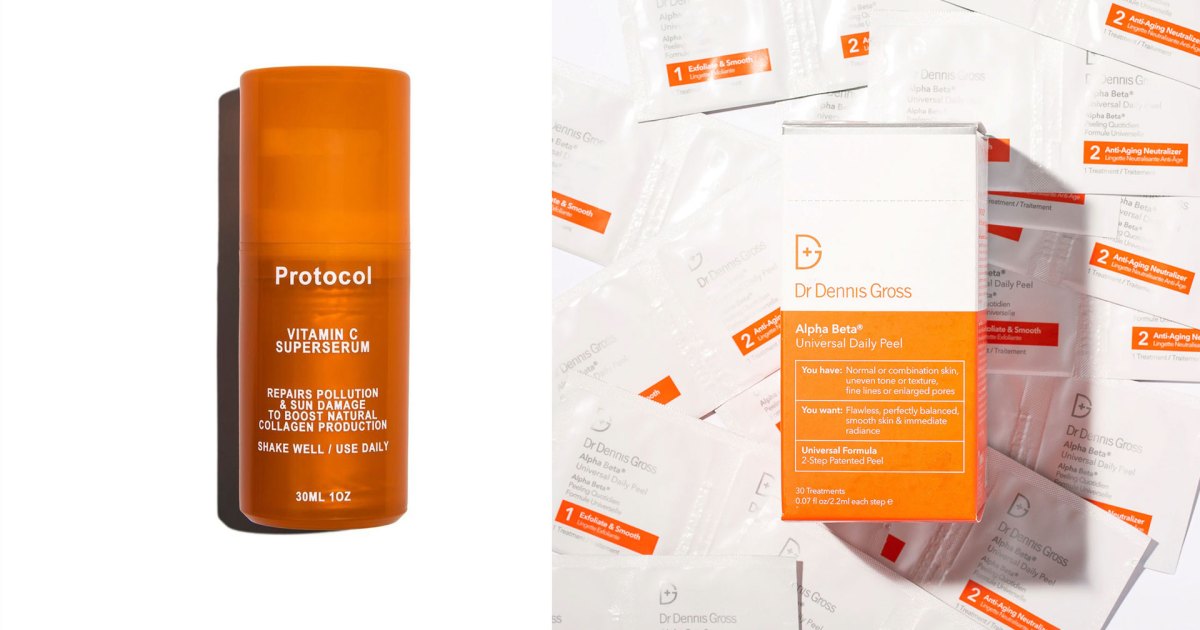No products in the cart.
Fitness Tips
Remove Hyperpigmentation & Dark Spots
Sometimes when you get a pimple, it heals quickly, leaving no evidence in its wake. That’s the ideal situation, at least aside from having no pimples in the first place. But other times—and increasingly with age—those pimples and other wounds can leave dark marks on your skin for months before they finally disappear. This fun phenom is called hyperpigmentation.
Specifically, this type of hyperpigmentation is called post-inflammatory hyperpigmentation, appearing in the wake of wounds. It requires the skin cells to regenerate and shed multiple times in order to fully fade the skin-deep mark. Skin turns over once every month, which is why it takes a while for those layers to shed. Hyperpigmentation increases with age, too, since the melanocytes in your skin become more hyperactive over time, coupled with skin growing less resilient, firm, dense, and smooth.
Other common forms of hyperpigmentation include melasma, dark skin patches, commonly from hormonal changes (most often experienced by women), as well as age spots, aka sun spots or liver spots caused by excessive exposure to UV rays. While these different types of hyperpigmentation vary in expression, they have a lot in common—including the preventative and treatment measures you can take against each.
So how do you get rid of these spots? We consulted with skin expert Dr. Loretta Ciraldo MD FAAD (aka “Dr. Loretta”), a Miami-based board-certified dermatologist with over 40 years’ experience and the founder of Dr. Loretta Skincare. Here’s how to win the battle against hyperpigmentation.
How to prevent hyperpigmentation
There are two primary ways to prevent hyperpigmentation, says Dr. Loretta, and following both will benefit you far beyond dark spots.
Limit sun exposure: In some capacity, UV rays are almost always to blame for hyperpigmentation. “Be sure to apply SPF 30 or greater every morning and reapply every two hours, if outdoors,” urges Loretta. This protection will prevent all kinds of damage to your skin’s barrier functions and ensure it stays as firm, soft, and clear as possible well into the future—aggressive suntans be damned. Also, use SPF when you already have a dark mark, you can thwart any further lasting impression.
Of the many chemical and physical sunscreen ingredients out there, try to pick one with at least 7% zinc oxide mineral/physical protection, advises Dr. Loretta: “Zinc oxide is the best protection from the UVA spectrum of sunlight most responsible for hyperpigmentation,” she adds. Here are some recommended UV-beaters:
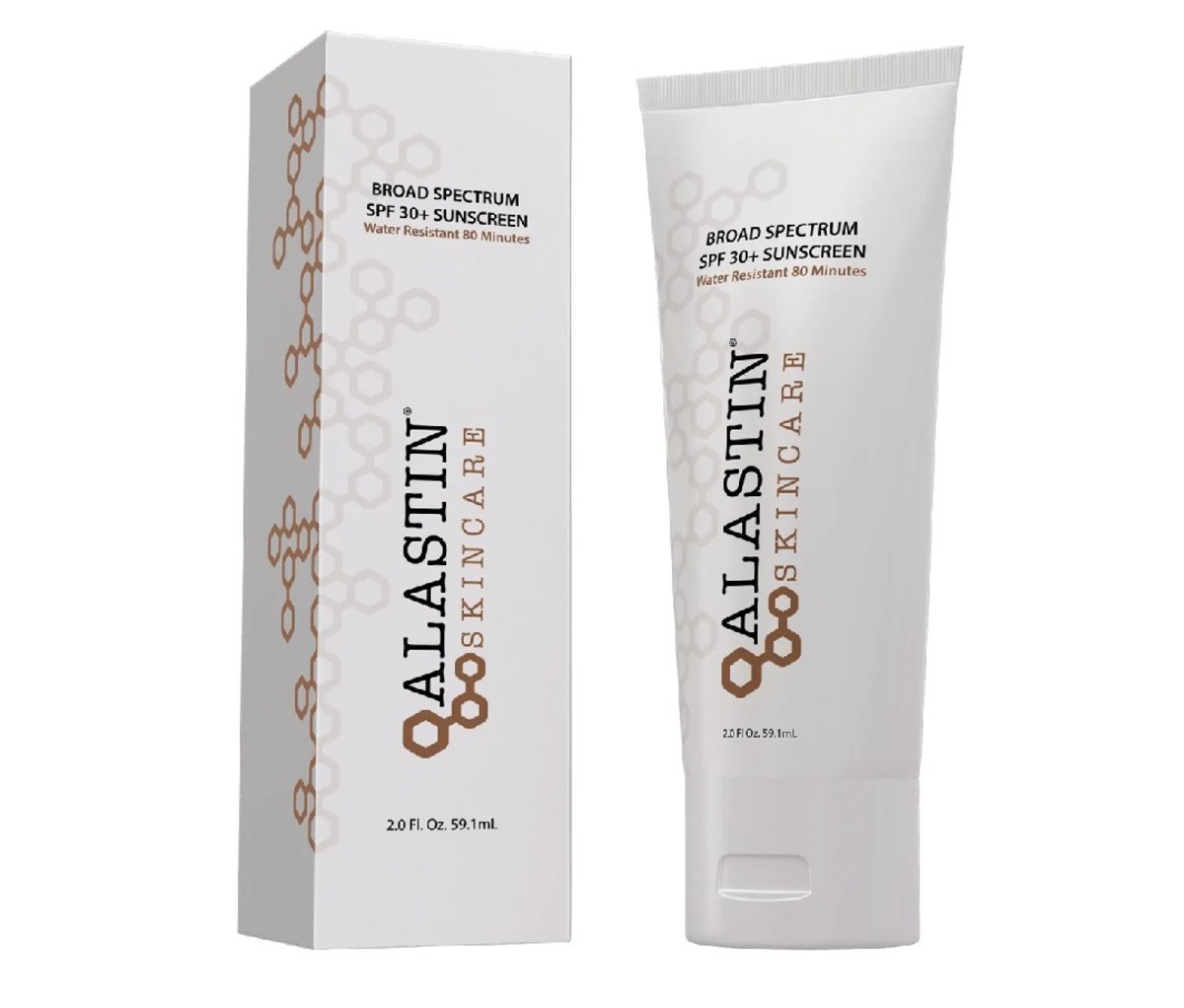
Alastin Skincare Broad-Spectrum SPF 30 Mineral Sunscreen[$55; alastin.com]

Coola Broad-Spectrum SPF 50 Mineral Body Sunblock[$32; amazon.com]
Don’t pick at it: If you’ve got a pimple or other superficial wound, try to let it heal without any injury to the skin, including scabs. This goes for all kinds of wounds all over the body: “If you get a kitchen burn, apply ice and hydrocortisone to it to minimize inflammation and lower your risk of post-inflammatory hyperpigmentation,” says Loretta.
The best skincare ingredients for hyperpigmentation
There are numerous ways to fight hyperpigmentation, and they tend to revolve around specific hero ingredients. Sometimes these remedies are reactive. Other times they’re a long-term preventative measure (including aforementioned SPF), which in turn fortifies the skin from hyperpigmentation. Here are some other key ingredients to know about.
Topical Vitamin C: A daily application of vitamin C serum or cream can stimulate collagen and elastin production in the skin while shielding against skin-aging toxins. You’ll often see the word “brightening” used in tandem with vitamin C products for this reason since it helps promote a more youthful, firm, and clear complexion. It’s one place where it pays to invest in a top-shelf product, as vitamin C is a very unstable ingredient in skincare. Dr. Loretta’s trusted formula is a good place to start.
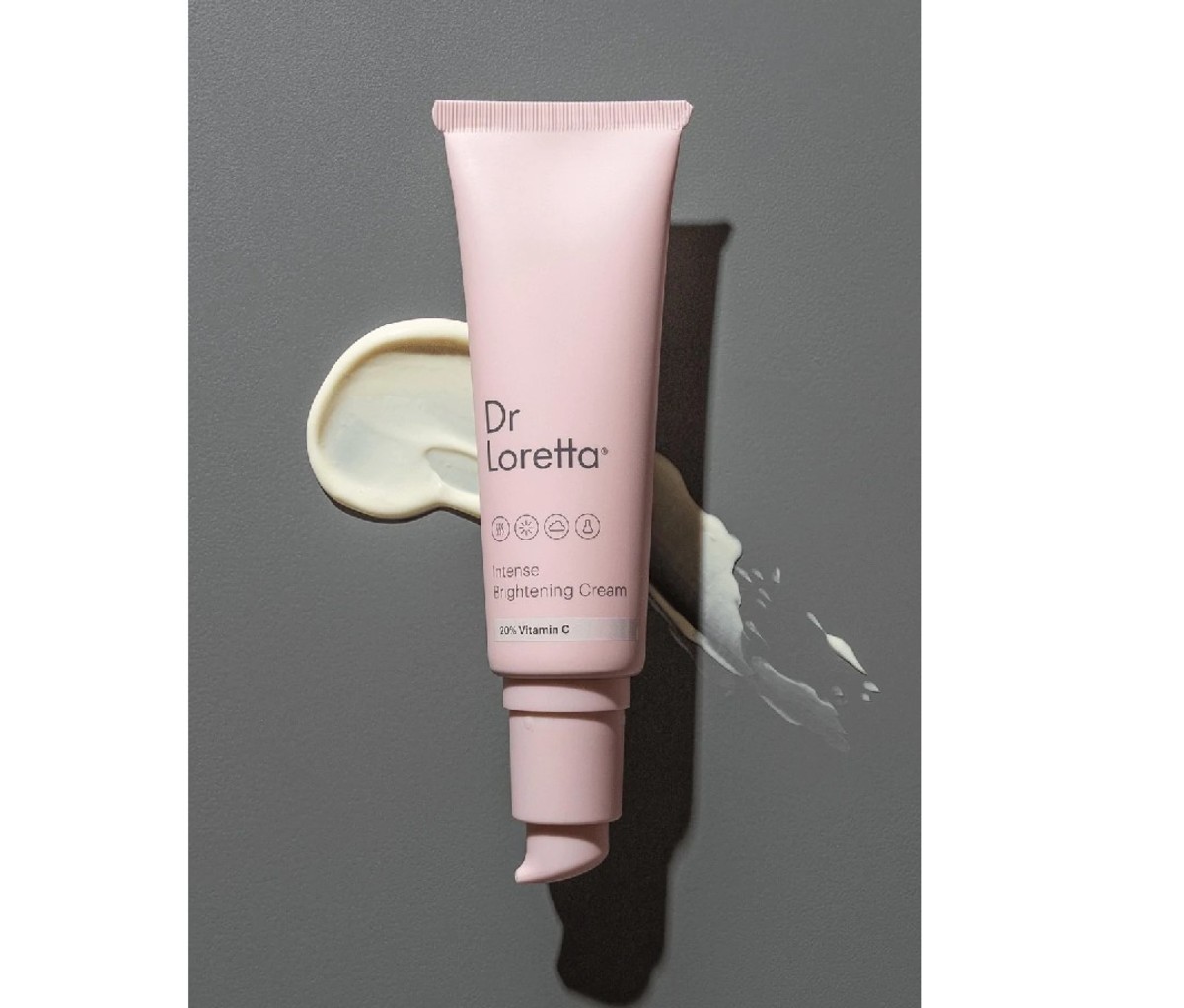
Dr. Loretta 20% Vitamin C Brightening Cream[$75; drloretta.com]
Retinol: This vitamin A-derived ingredient is famous for its age-reversing abilities. It can reduce and prevent fine lines and wrinkles by boosting collagen production in the skin, leaving smoother, softer, clearer skin in its wake. It even helps to prevent acne, which further prevents the formation of dark spots. “Retinol can make your skin more sun sensitive,” notes Dr. Loretta. “So apply it at bedtime and always follow up with SPF in the morning.”
While retinoids are available in many lower grade, over-the-counter products, it might be worth speaking with your board-certified dermatologist about getting a high-grade prescription retinoid (known as tretinoin), which can accelerate skin-clearing benefits. Here are two popular, OTC options:
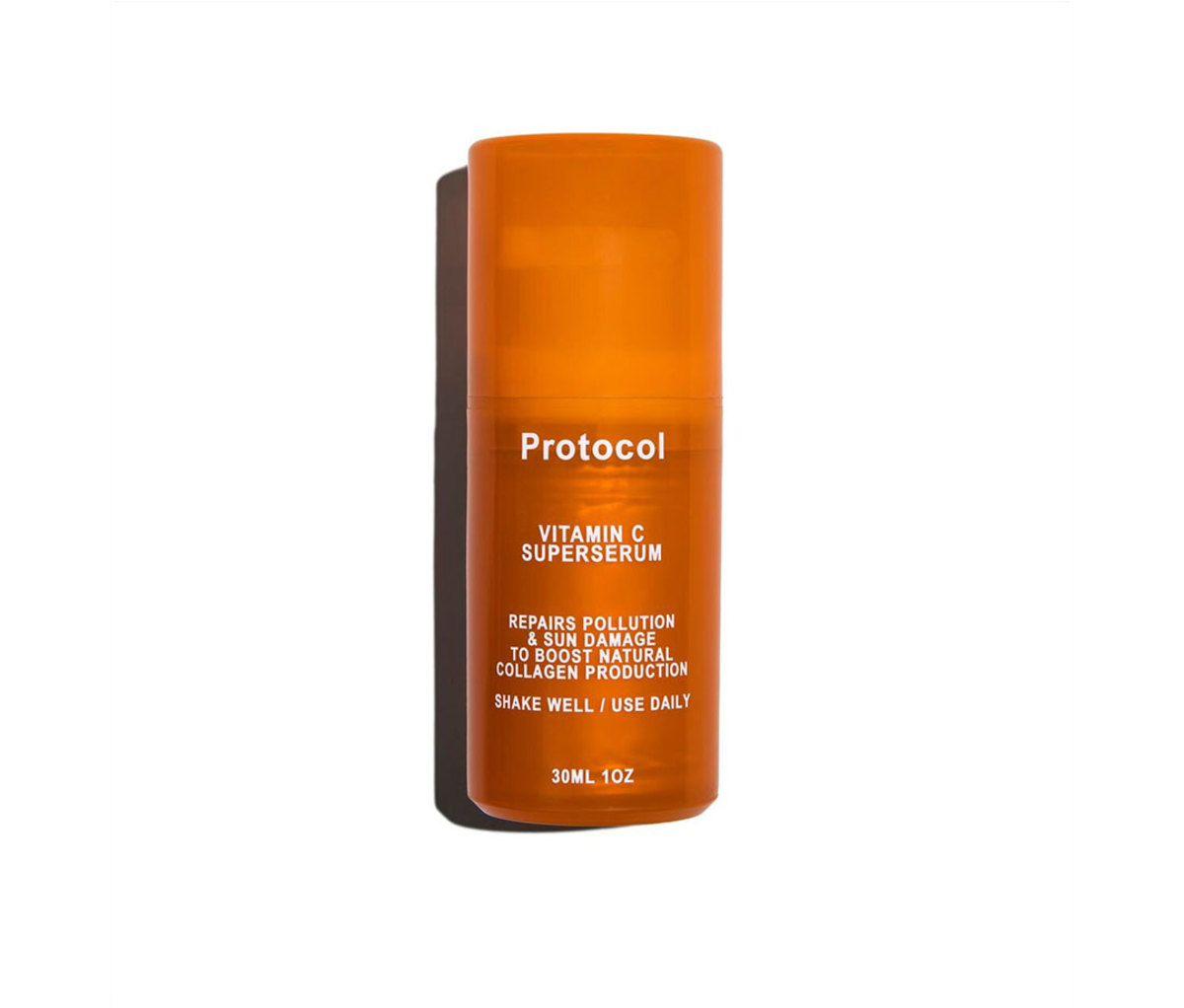
Protocol Retinol Serum[$88; protocol-lab.com]
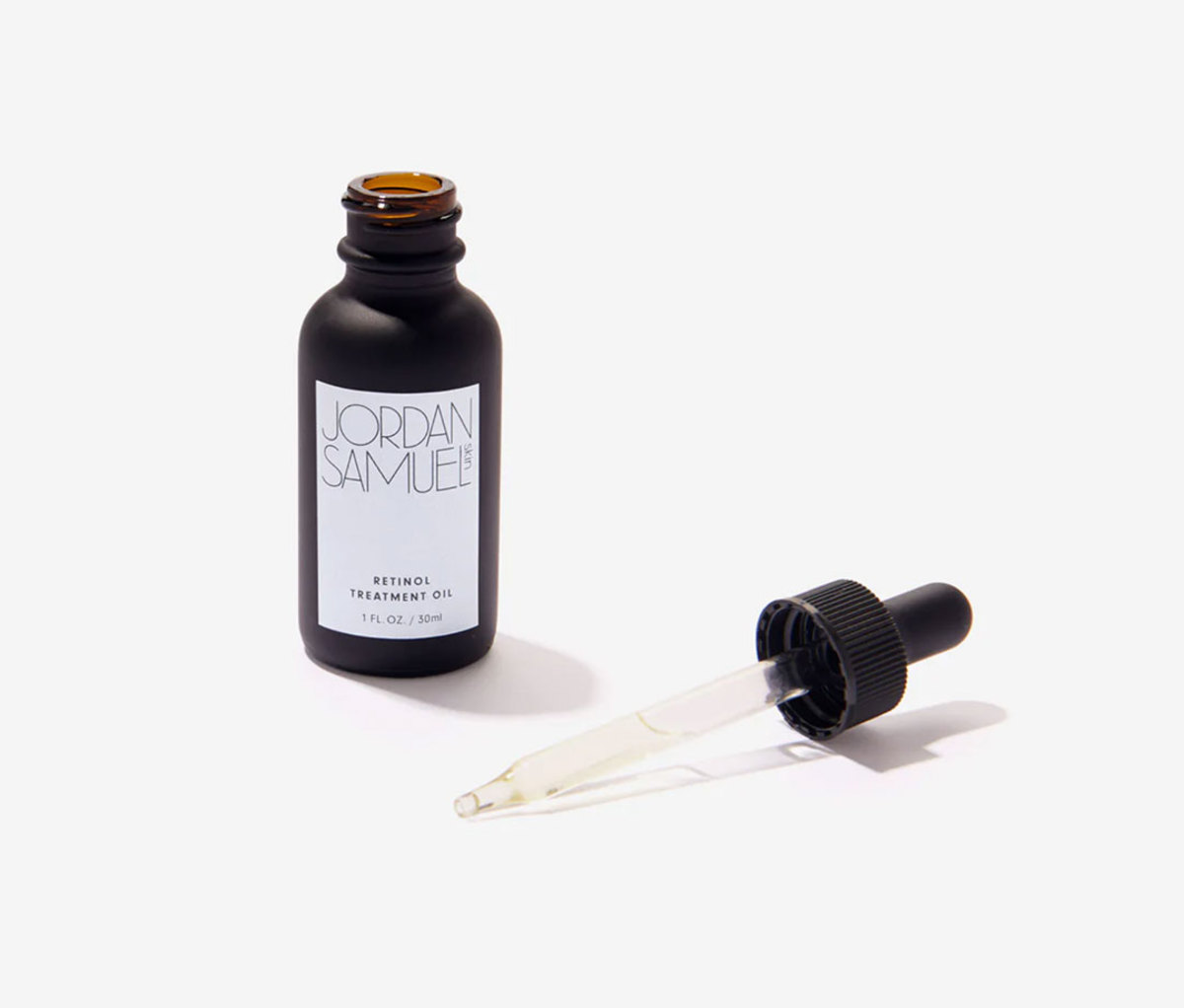
Jordan Samuel Retinol Treatment Oil[$43; jordansamuelskin.com]
Exfoliating acids: If your familiarity with exfoliating acids are surface level, now’s the time to go a bit deeper with these ingredients. Incorporating alpha hydroxy acids (AHAs) like glycolic acid, lactic acid, malic acid, and citric acid into a skincare regimen can help remove dead surface-level cells and make way for brighter, younger cells. These are often marketed under words like “resurfacing,” “brightening,” or “peeling” depending on their intensity and formulas. They can also pair with beta hydroxy acid (BHA), like salicylic acid, to unclog debris within pores and mitigate excess oil production, all in an effort to prevent future breakouts.
Typically, people will use exfoliating serums or wipes two or three times weekly, as a gentle means of maintaining surface-level clarity. Here are two trusted options:
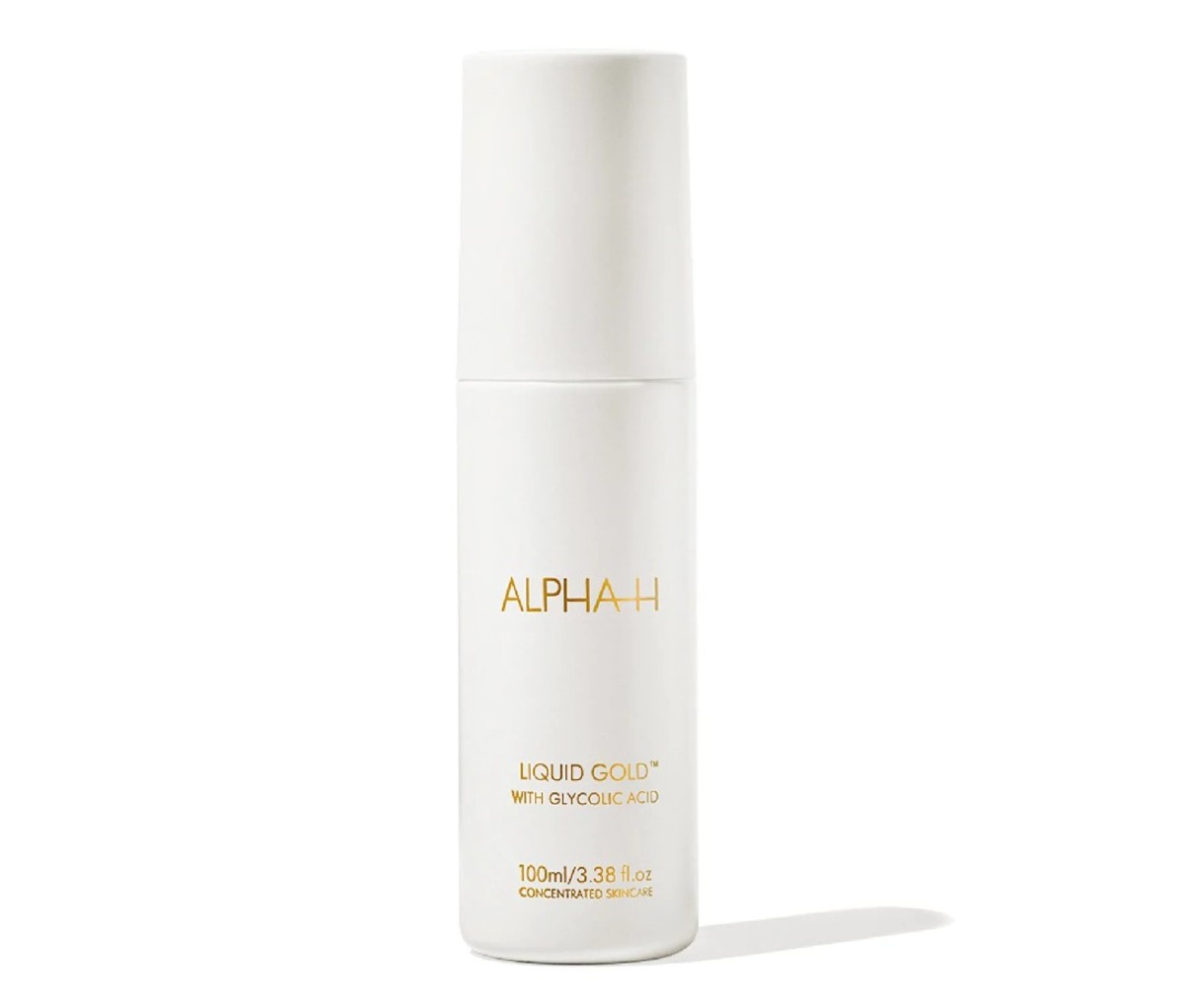
Alpha-H Liquid Gold with Glycolic Acid[$54; dermstore.com]
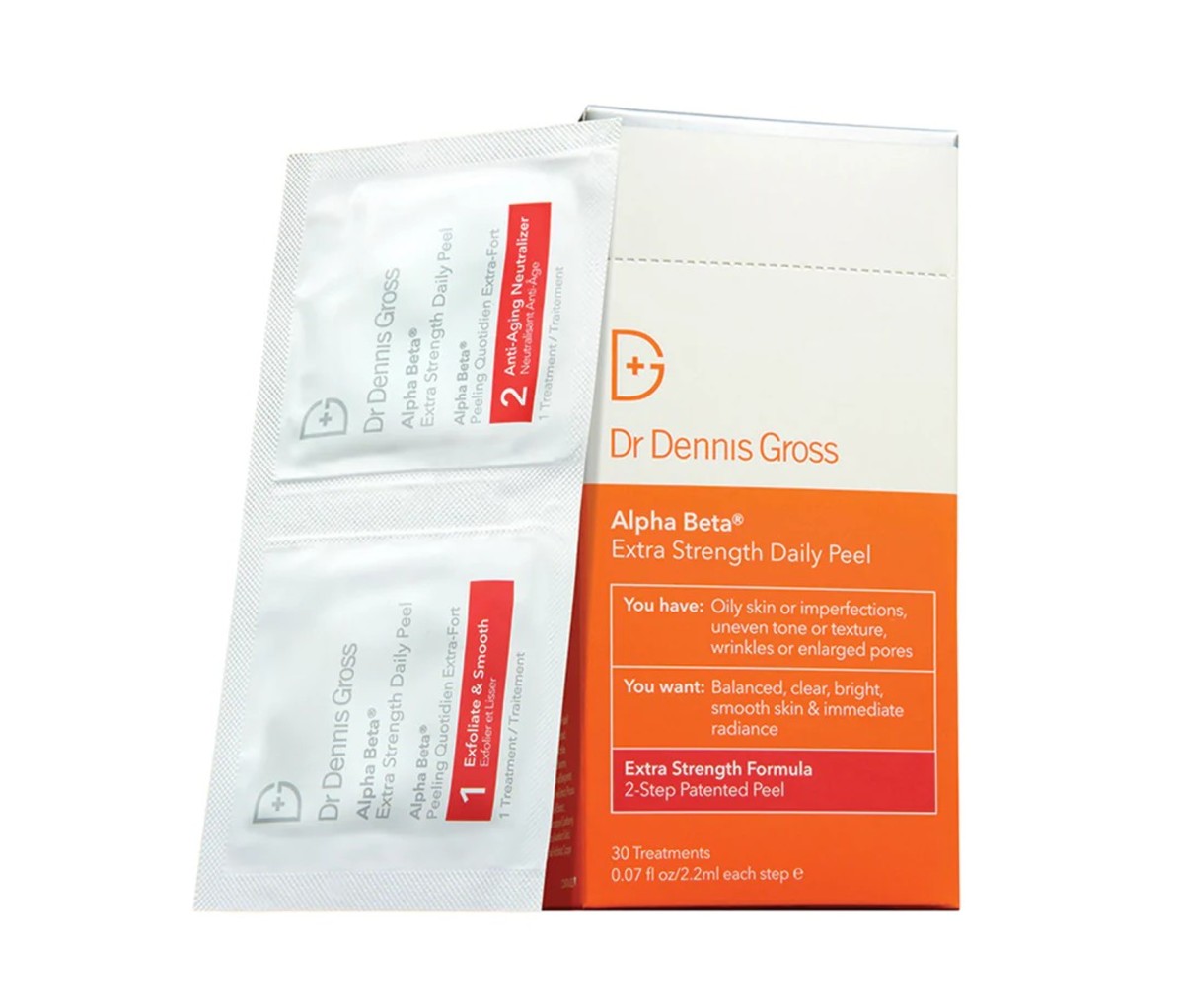
Dr. Dennis Gross AlphaBeta® Universal Daily Peel[$88, 30-pack; drdennisgross.com]
If you want to induce skin peeling as a means of forcing a new layer of cells to emerge, then you can either see a professional (board-certified dermatologist or licensed aesthetician) or carefully attempt an at-home product. These will deploy higher grades of AHAs (typically glycolic acid) for broader peels, or even a targeted, high-grade acid like trichloracetic acid (TCA) for a spot-peeling treatment—if all you want to peel is a singular dark spot. After seeking professional advice and proceeding with caution, here are two reputable products to consider:
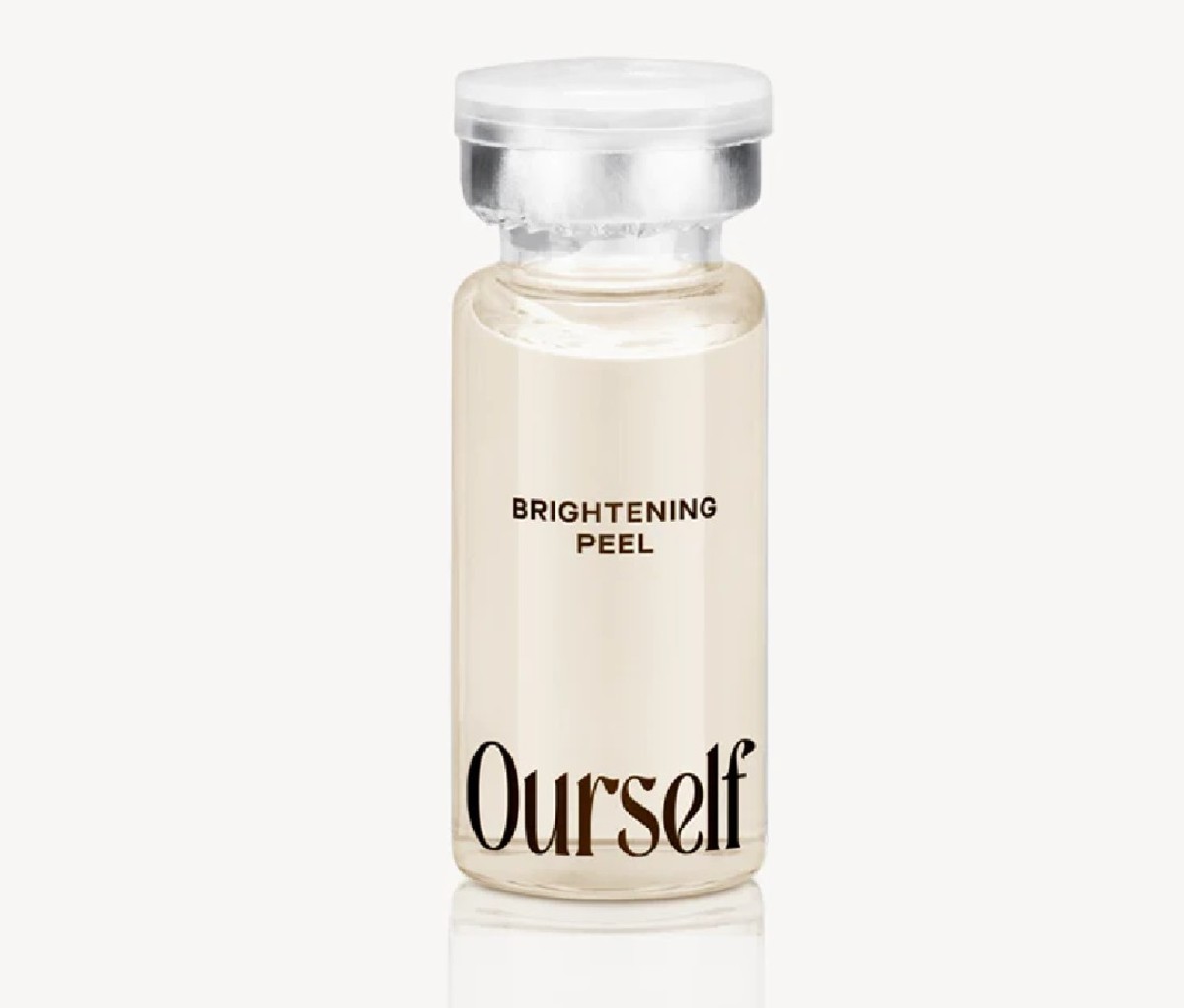
Ourself 34% Glycolic Brightening Peel[$110; ourself.com]
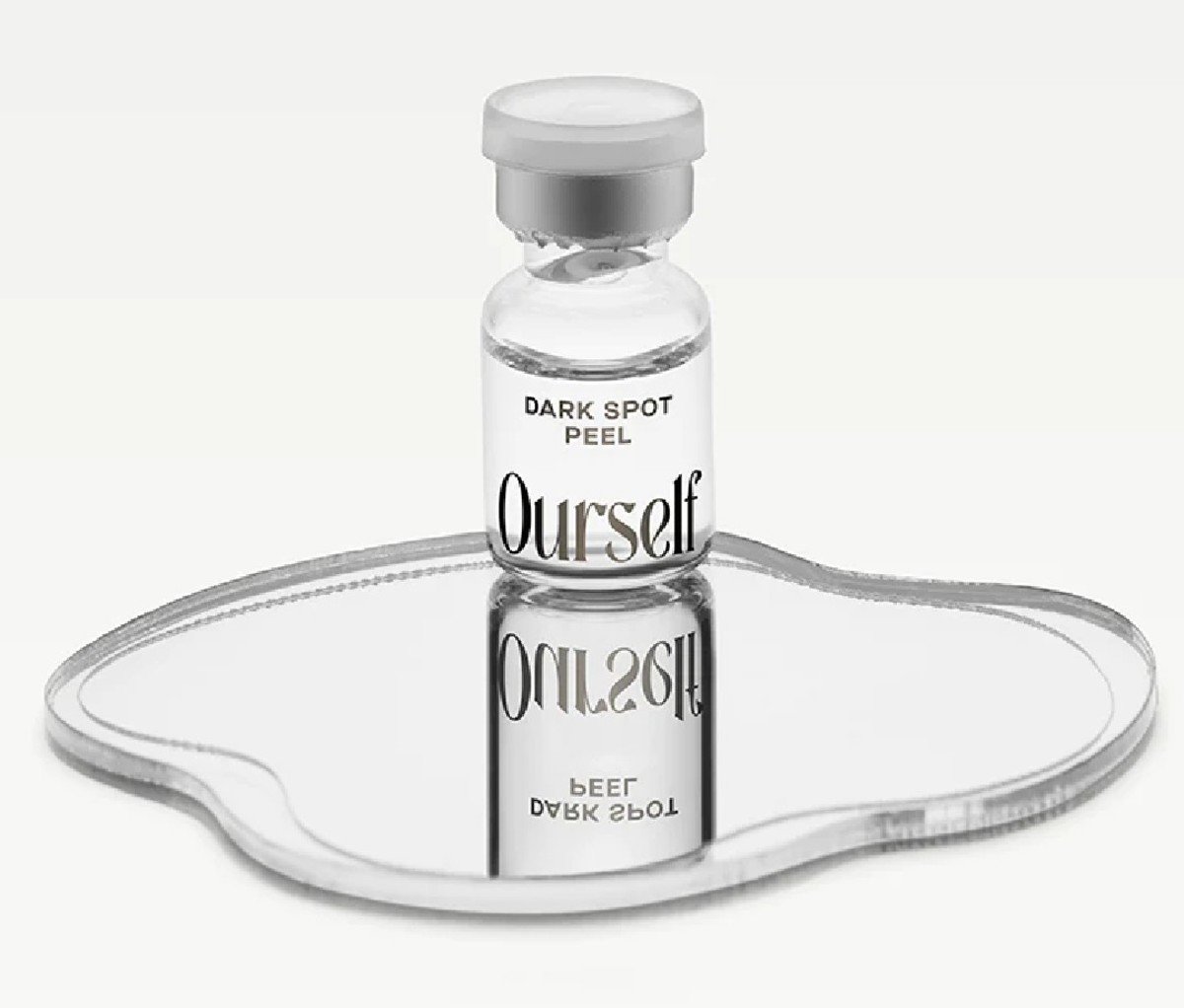
Ourself 13.6% Trichloracetic Acid Dark Spot Peel[$140; ourself.com]
Professional peel treatments will typically use glycolic acid as high as 70%, and do so in a series of six to 10 peels, says Dr. Loretta. She adds that Intense Pulse Light treatments (IPL) and fractionated laser treatments are also common for resurfacing skin and ridding dark spots. Add those to the list of options to inquire about with your board-certified dermatologist.
Finally—and foremost—it’s important to focus on those milder means of prevention—ranging from sun protection and vitamin C serums to refraining from picking at healing wounds. Moreover, take it slow with the more biting options.
“Don’t be overly aggressive with at-home products or in-office procedures,” Dr. Loretta warns. “The irritation caused by aggressive approaches can itself lead to post-inflammatory hyperpigmentation—and the aim here is to make things better, not worse.
For access to exclusive gear videos, celebrity interviews, and more, subscribe on YouTube!
Source link

